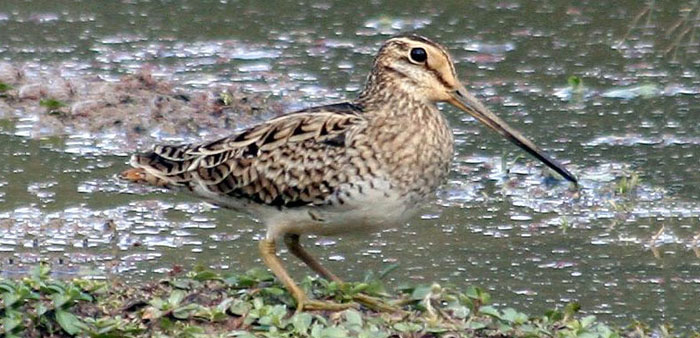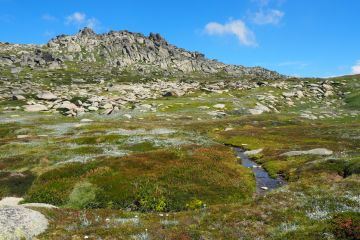
The Animal Justice Party has an appealing name that no doubt reaps many votes from nature lovers. They have won three upper house seats – two in NSW (2015, 2019) and one in Victoria (2018).
But nature lovers beware! The party’s form of justice only applies to some animals, and if they had their way many Australian animals would be condemned to extinction.
This is because the party refuses to acknowledge that invasive animals are a threat to Australian wildlife.
“It is yet to be demonstrated that any naturalised species really is a problem for any of Australia’s endangered species (listed or unlisted),” the Animal Justice Party said in a 2018 submission to the Senate inquiry into Australia’s faunal extinction crisis.
The party opposes lethal control of invasive species, claiming in a garbled interpretation of population biology that it inevitably leads to “significantly higher populations of fast-breeding animals than leaving them alone to stabilise in equilibrium with their environment”.
If you claim to speak and vote for animals in parliament, surely you have a moral responsibility to base your policies on evidence.
If the Animal Justice Party read the scientific literature, they would discover ample evidence that invasive species have been the major cause of animal extinctions in Australian – feral cats and foxes have been the main drivers of mammal extinctions, chytrid fungus has caused frog extinctions and black rats have caused several extinctions on islands. They would also learn that the majority of threatened animals are imperilled by invasive species.
They could just read the numerous submissions to the Senate inquiry by scientists – for example, the Australian Academy of Sciences says the “major threatening processes in Australia today are invasive species, broad scale ecosystem modification, inappropriate fire management, habitat clearing for agriculture, and climate change”.
Without citing any evidence, the Animal Justice Party claims the principal threats to Australian animals are:
- habitat loss
- climate change
- hunting
- motor vehicle collisions
- air, water and soil pollution.
Habitat loss and climate change are certainly major threats, but their list misses most other major threats. According to the most recent scientific assessment of threats to nationally listed threatened plants and animals, by Stephen Kearney and colleagues, invasive species imperil 82% of listed species, ecosystem modifications such as altered fire and hydrological regimes threaten 74% and agricultural activities (which includes clearing) threaten 60%.
The Animal Justice Party’s last three threats are minor or trivial in comparison for Australian native animals.
What does the party think is the cause of the numerous extinctions and declines in central and northern Australia, particularly of mammals, where none of their threats operate to any significant degree? What about in Christmas Island’s national park, where none of their threats operate and where a bat and three lizard species have recently been wiped out?
This year, after a field trip to Kosciuszko National Park organised by Reclaim Kosci, the party finally admitted that feral horses were causing damage, but they still refuse to countenance any lethal control. Their completely unworkable solutions are fencing off sensitive sites and fertility control. Again, by ignoring evidence about what is needed to protect native animals – which are just as sentient as feral horses – they are willing to condemn the likes of threatened corroboree frogs, the broad-toothed mouse, alpine she-oak skink and Reiks freshwater crayfish to ongoing destruction of their habitat by feral horses.
Where is the justice in that?
We need more nature lovers in our parliaments, but to help nature they need to base their policies on evidence – not wishful thinking.



